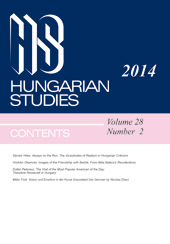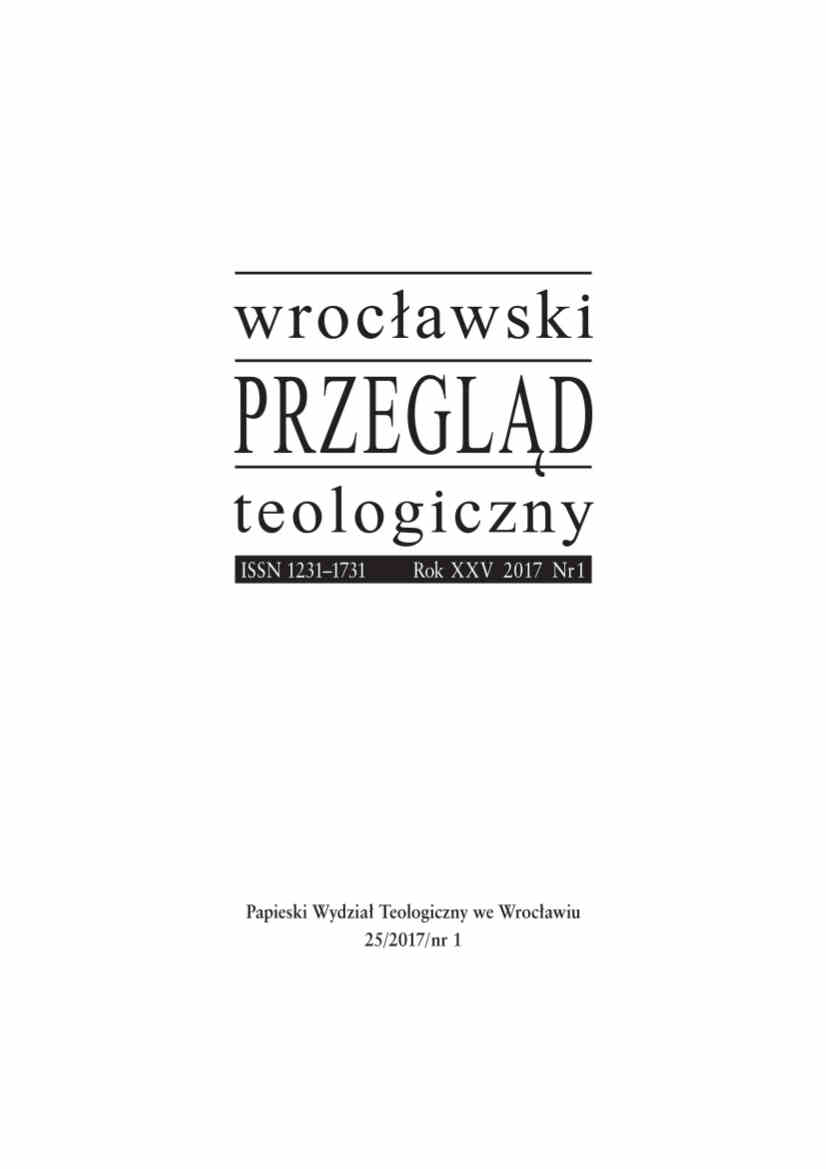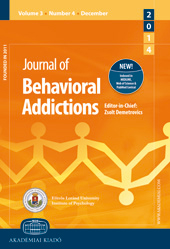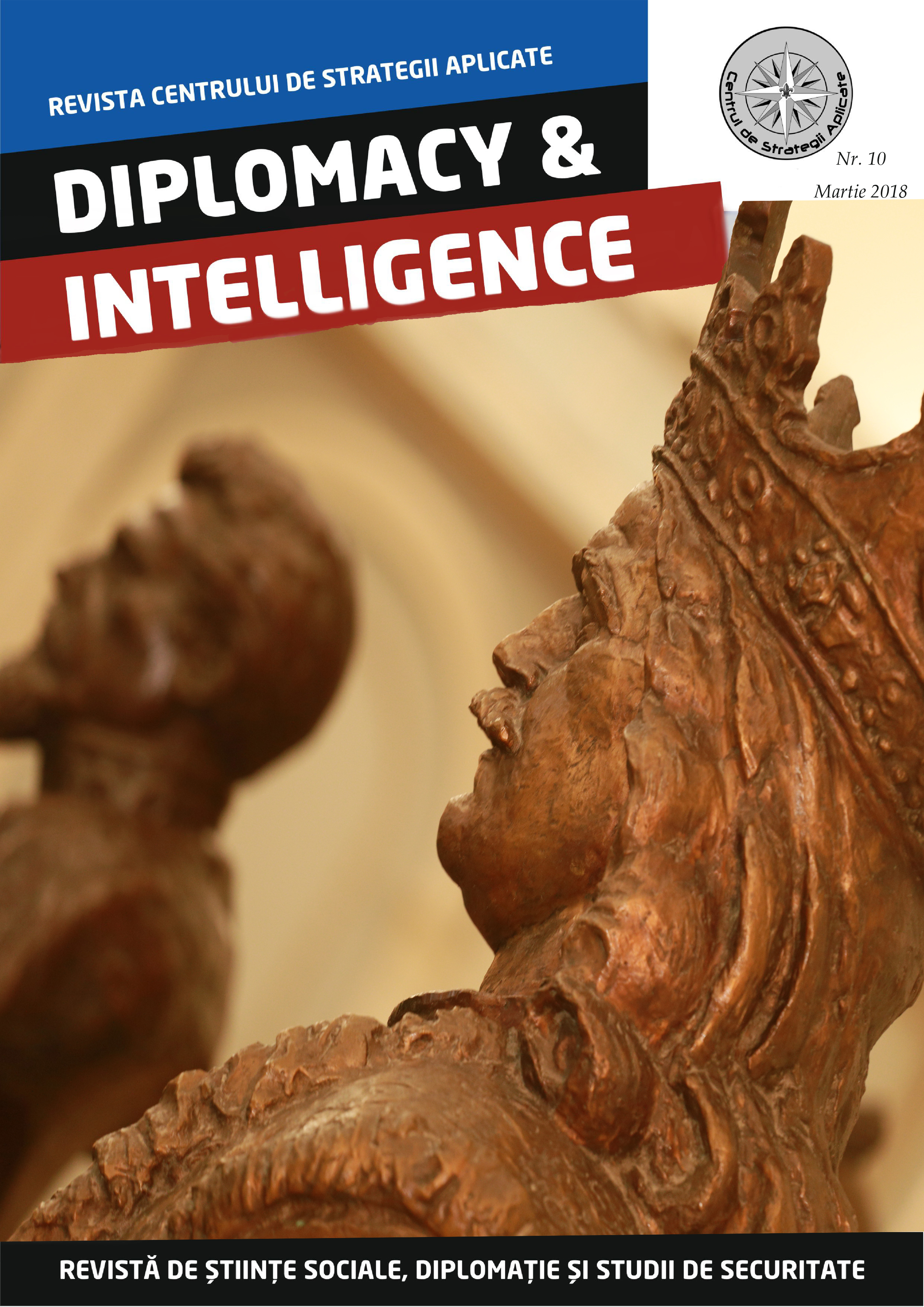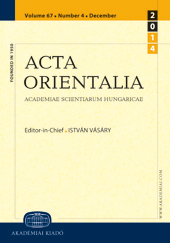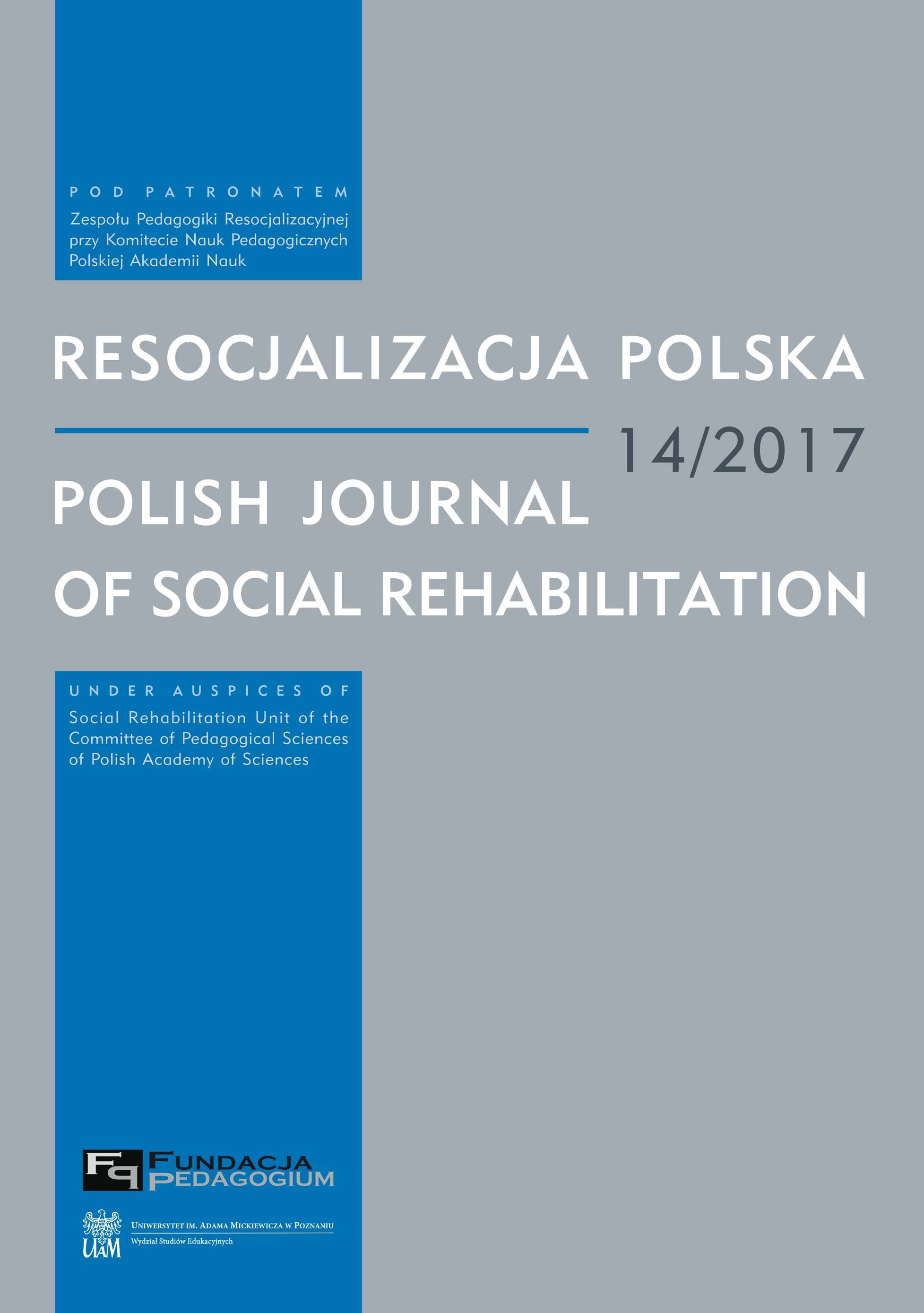
Religia i konwersja jako potencjał w resocjalizacji
Autor omawia naukową literaturę poświęconą badaniom dotyczącym znaczenia religii i wiary w procesie resocjalizacji oraz transformacji tożsamościowej. W kontekście wychowania resocjalizującego możemy mówić o religii jako o sile generującej pozytywną zmianę. Autor dowodzi, że konwersja może pomóc uwięzionym osobom uniknąć recydywy, przeciwdziała uzależnieniom oraz pomaga odnaleźć i uwierzyć w dobre życie.
More...
